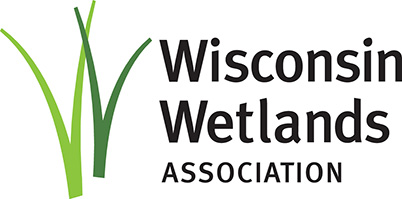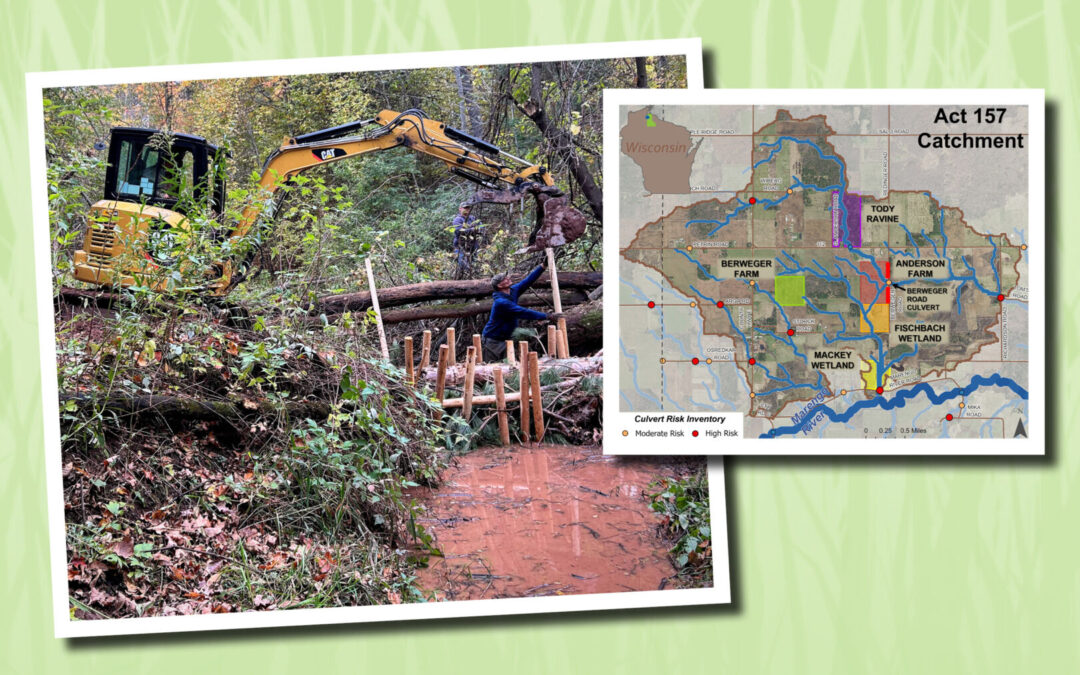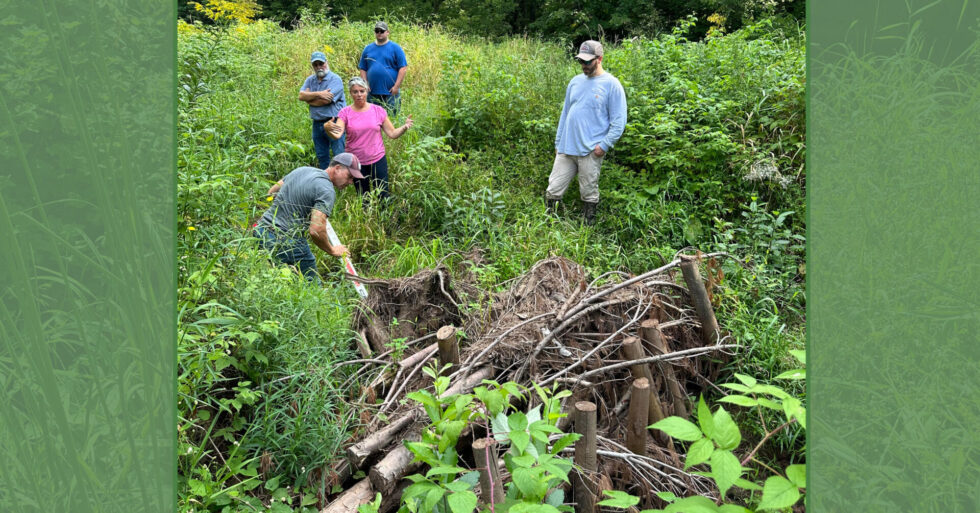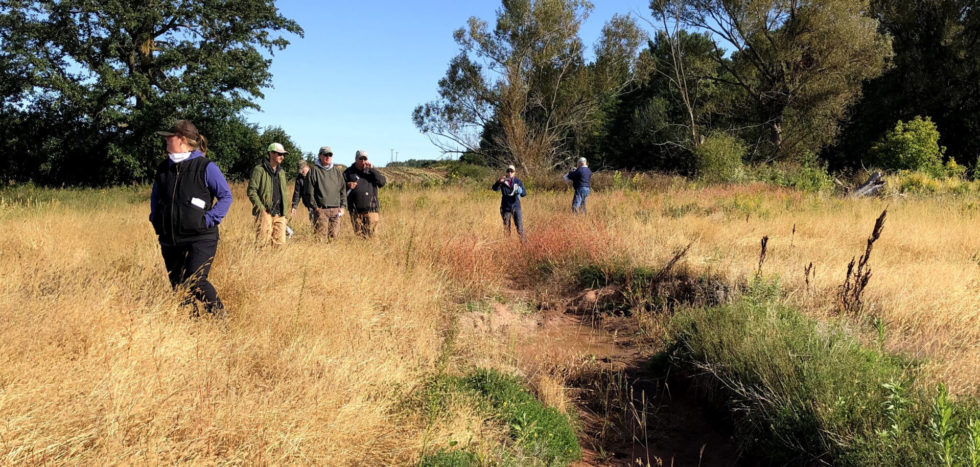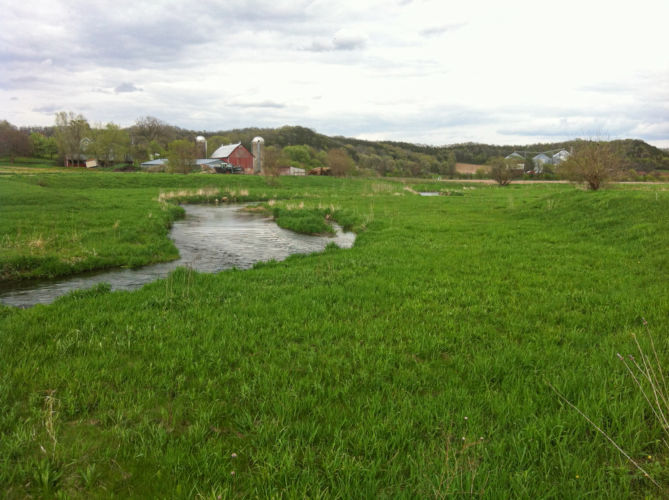The connection between flood risk reduction and wetlands, streams, and floodplains is clear: in a healthy and well-connected state, this natural infrastructure captures and reduces the energy and velocity of floods. Ashland County Land and Water Conservation Department and the Wisconsin Wetlands Association recently released a report that summarizes work done in the Marengo River Watershed demonstrating this connection.
Click here to read an abbreviated report that includes the executive summary, lessons learned, and our recommendations.
Click here to read a longer and more comprehensive version of the above report.
Seeded through funding provided by the Wisconsin State Legislature through 2019 Act 157 and leveraging funding through other sources, project partners worked in four areas within a flood prone drainage area in the Town of White River. The team completed three projects focused on mitigating erosion hazards and restoring headwater wetlands and streams and also generated hydrologic and hydraulic data on a portion of a FEMA-mapped tributary (a tributary identified as being at higher risk for flooding on maps produced by the Federal Emergency Management Agency or FEMA).
As described in the report, the restoration goals at the project sites included reducing flood peaks and improving flood resilience. To work toward these goals, the project team used a combination of nature-based and structural solutions to reestablish the landscape’s capacity to capture, store, infiltrate, and slowly release runoff. This combined approach is also referred to regionally as Natural Flood Management.
The report contains takeaways and recommendations on ways to improve the ability to use nature-based solutions to solve problems. Flooding is the most frequent and costly natural disaster in Wisconsin, so recommendations to advance innovative and cost-effective approaches to flood risk reduction are both fundamental and timely.
Related content
Field visit to Ashland County project sites
Read our most recent update on the Act 157 project sites from September, 2024.
Finding the right projects and practices to implement watershed-based hydrologic restoration
Governor Evers signs bill encouraging more wetland and floodplain restoration
